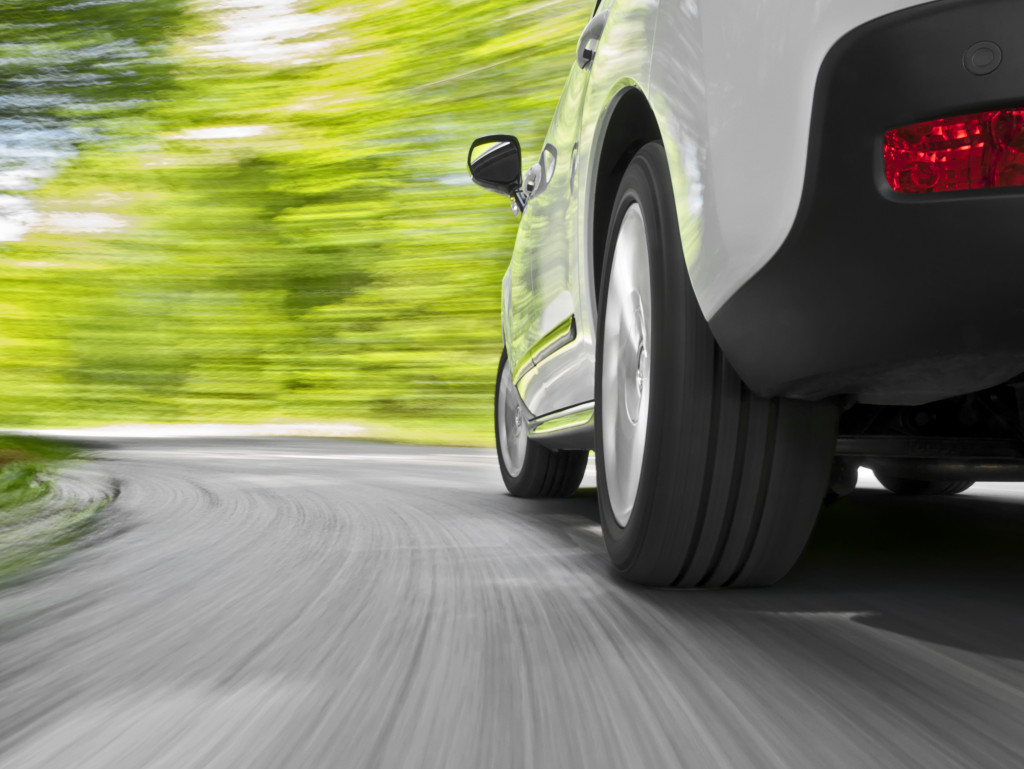Taking care of your vehicle is a huge part of your ownership experience — whether you own a brand new or a second-hand car. Seasoned car owners will tell you that the part that needs frequent inspection is the brake system; this is true. But as a new vehicle owner, knowing when to send your car in for inspection and maintenance is a responsibility you must learn how to navigate.
Your road safety depends not only on your driving skills but also on your car’s street worthiness. A vehicle’s safety can be compromised due to a lack of maintenance. If this is the case, it wouldn’t be wise to continue using the car without having it inspected and confirmed safe for use.
Are you not sure where to start? We’ve come up with an essential vehicle maintenance guide to help you get started.
Brake Inspection
The inspection and maintenance costs of your Subaru’s brakes might be surprising, but they must be scheduled for certain milestone events. It might seem complicated, especially if you’ve never done this before. Fortunately, mastering this part is much simpler than you think. Manufacturers have outlined milestones per mileage and month count, as well as brake parts, repairs, and replacement costs. This makes it easy for you to know when your brakes are due for inspection and allows you to schedule funds for car care accordingly.
Aside from that, there are telltale signs that your brakes need replacement. Over time, you’ll develop a sense of knowing when your car needs a check-up as you become more sensitive to its handling and performance.
Signs to Look Out For

Besides basing your maintenance trip on the milestone schedule and the brake system indicators on your dash, you can find telltale signs to hear, see, and smell.
-
Grinding Sound
Sometimes, dirt particles can get between the pads and the lining and make an odd grinding sound. But if you haven’t gone anywhere other than your usual route, this could mean it’s time to replace the parts: you hear metal on metal.
This can cause grooves on the brake disc, also known as vinyl record condition. When left unattended, the constant grinding can eventually weaken the disc and cause cracks on the disc surface.
-
Fluid Marks or Leaking Fluid
Typically, this can be seen near the hob and lug parts of the wheel. At worst, you’ll find fluid pooling under your vehicle, near the wheel. Though leaks can come from elsewhere in the brake system, it often occurs in the master cylinder. When you see fluid marks on your wheel, don’t wait another day before you go for an inspection.
Without enough brake fluid left in the master cylinder, there won’t be enough fluid pushing through the piping for sufficient hydraulic pressure. When the hydraulic pressure is low, there won’t be enough power to move the clamps that hold the brake pads, resulting in a soft brake pedal.
This is especially dangerous as it affects your vehicle’s stopping power and causes extended stopping distances or the loss of brake pressure, resulting in the car’s ability to control. With that in mind, at the first sign of a leak, schedule an inspection immediately to mitigate the damage and ensure your driving safety.
-
Burning Smell (vehicle in motion)
The sharp, burning smell is quite hard to miss. You’ll detect a strong chemical odor whenever your use the brakes. When this happens, you need to check the parking brake; make sure it is not engaged.
If you continue to detect the smell, have the brake calipers inspected, as they may be stuck, causing the brakes to overheat and bring the brake fluid to boiling point. If you continue to use the vehicle without having the brakes checked, it will be completely unsafe for you, your passengers, and other road users due to a compromised brake system.
Car Fluid Inspection
There are six types of fluid in your car: brake fluid, coolant, engine oil, power steering fluid, transmission fluid, and windshield washer fluid. Each should be kept at the recommended level at all times, or you risk damaging the parts that require these fluids to work.
- Coolant: This fluid is also known as antifreeze and keeps everything in your engine cool. It’s essential to keep the coolant at the recommended level to prevent the engine from overheating. It’s best to check the level every 50,000 km.
- Engine Oil: This can be measured using the dipstick in the engine. The dipstick has maximum and minimum indicators that show the amount of oil in the engine. The oil level must always be at maximum or close to maximum. If the oil is near minimum or below minimum, this can signify engine leak or burning oil. This can damage your engine if left unchecked. Top up your engine oil to the recommended level to keep the engine running smoothly. There is also a check engine indicator on your car’s dash. Do not ignore this when you see it; schedule an appointment with your mechanic as soon as possible.
- Power Steering Fluid: This can be measured using a dipstick that is inserted in the reservoir. You can find this part in your car’s engine bay. The fluid must always be kept at the recommended level, or it will affect your car’s steering. Fluid loss over time is natural, but if you find yourself topping it off frequently, it can be a sign of a leak. When this happens, you’ll find it increasingly difficult to steer your car and not as easy to turn the steering wheel as before.
- Transmission Fluid: This fluid cools and lubricates the components of your car’s transmission. It is measured using a dipstick, just like the other oils in your engine, and its dipstick can be found in the transmission oil reservoir. This part is also located in your car’s engine bay. While this fluid is meant to last a lifetime, it can go wrong and lose its lubricating property. When this happens, you may experience problems in gear shifting and uncontrolled surging. Some signs to look out for in the oil are cloudy, burnt like color or dark, grit, and small particles. When you see this, it’s time to have it checked by an expert mechanic.
- Windshield Washer Fluid: While this fluid doesn’t affect your car’s running performance, it is crucial for driving safety. The fluid is used to clean your windshield. The fluid washes away dust particles on your windshield to help the wipers glide smoothly and give it proper washing. With a clean windshield, you can always see clearly and drive more comfortably.
If you find any of these signs in your vehicle, it’s best to have it sent for inspection at the soonest possible time. The more you pay proper care and attention to your vehicle’s health, you’ll begin to appreciate how important it is when it comes to overall safety.

